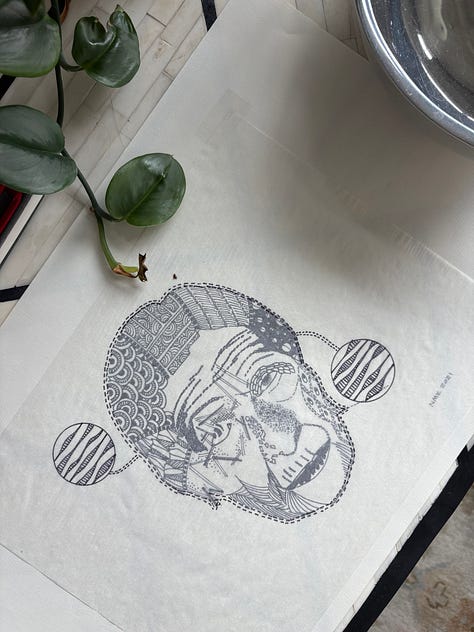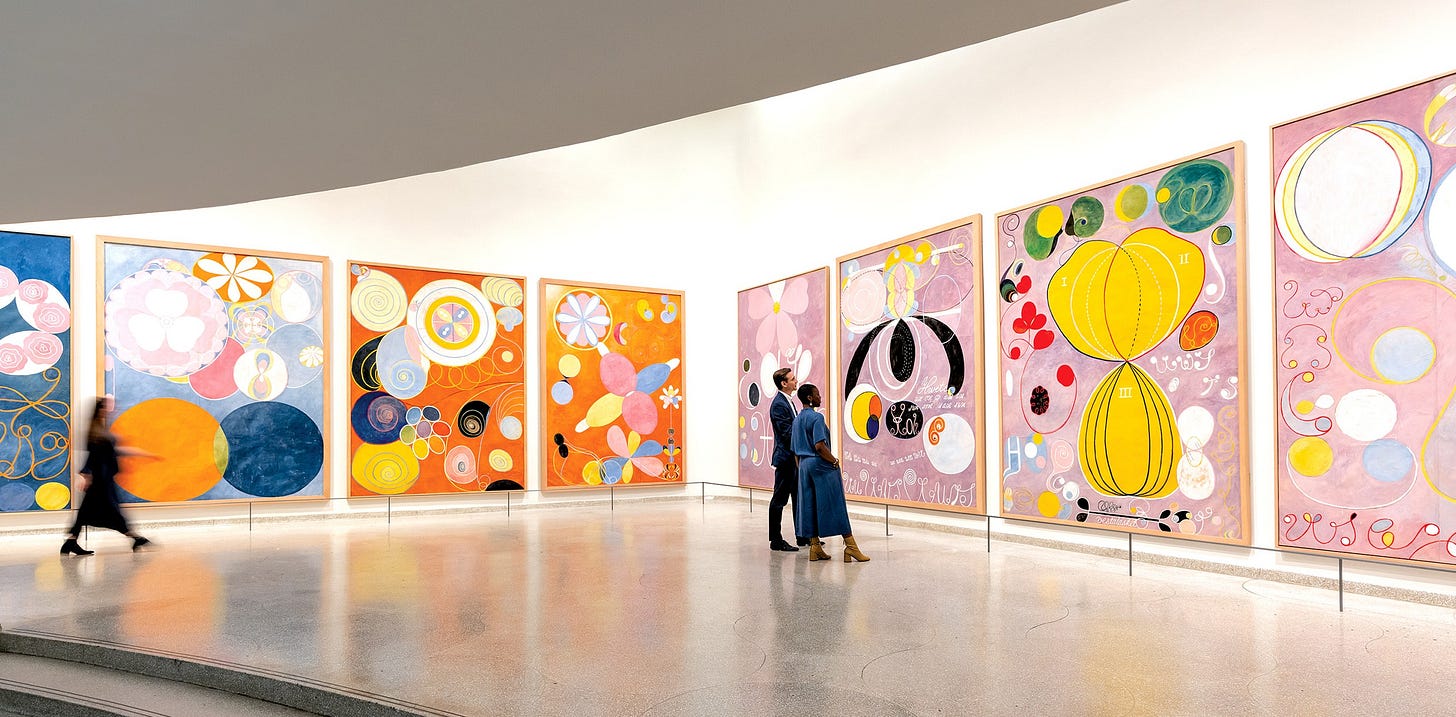Chapter 6: Dabbles, Deletions, and Dancing Around the Point
On Additive Bias in Tech (and beyond)
In behavioral science, there's a concept called additive bias: when faced with a problem, our reflex is to solve it by adding. We pile on features, policies, tools, layers—believing complexity equals progress. It rarely does.
In the tech world, additive bias shows up as:
Product sprawl (“We’ll fix it in v12.7”)
Org bloat (“Let’s just add another layer of management”)
Process inflation (“We need one more dashboard to track the dashboards”)
But subtraction—deleting, simplifying, stripping things to their essence—is often more powerful. Researchers at the University of Virginia found that when people are asked to improve something, they almost never think to remove. Yet the best solutions are often reductive. The cleanest code, the tightest teams, the clearest strategies—they're all about what you don’t include.
This is the quiet brilliance of growth by subtraction: not scaling up, but paring down with intention. Making space. Letting things breathe. Choosing clarity over clutter.
This month, I’m asking:
What am I still carrying that no longer serves?
What am I overcomplicating?
What could I cut that might actually let something breathe?
Less isn’t just elegant. Sometimes it’s the only way forward.
Listenin’ & Readin’
Because sometimes a good paragraph hits harder than a green juice.
📖 Careless People by Sarah Wynn-Williams
This isn’t a takedown. It’s something harder to swallow: an inside story told with nuance, regret, and care.
In Careless People, Sarah Wynn-Williams — a former Facebook executive — offers a deeply personal account of how idealism gets warped inside powerful institutions, and specifically how power, idealism, and the culture at Facebook became corroded over time. She doesn’t come with fire and fury. She leaves us with questions: How does a mission to connect the world become a machinery of division? How do good people stay in broken systems? How do we lose the thread?
This book is not just about Facebook. It’s about the seduction of scale, the fog of proximity to power, and the slow erosion of values in environments where winning is often confused with impact. It’s also a meditation on silence — on what we don’t say inside companies, on how culture protects certain stories and buries others.
What makes Careless People stand out is its tone: not bitter, but reckoning. Wynn-Williams wants to understand, not just indict. And that makes her narrative all the more devastating — because the damage described is both preventable and ongoing.
Since publication, Meta has taken legal action to block her from promoting the book, citing a non-disparagement clause — a move that has only drawn more attention to the story. As of this writing, promotion remains restricted, but the book continues to circulate widely and spark debate.
Read this if you’ve ever asked yourself: how do smart people become complicit? What happens to integrity under pressure? Why so many of our platforms feel hollow despite their reach. Read this especially if you work in tech, because some of the most dangerous outcomes come not from malicious actors — but from careless ones.
🗞️ The New Yorker
Article: Is Jeff Bezos Selling Out the Washington Post? by Clare Malone
This piece is a quiet autopsy of what happens when the promise of visionary leadership is replaced by executive absenteeism. Clare Malone charts the slow, almost bureaucratic unraveling of The Washington Post under Jeff Bezos—not through scandal or interference, but through something more ordinary and dangerous: neglect.
Once hailed as the billionaire who might help preserve serious journalism, Bezos now appears increasingly disengaged. The article traces a pattern of strategic misfires, unclear leadership, and a widening gap between the newsroom’s values and the owner's focus. Staff report a thinning sense of purpose, a loss of editorial clarity, and deep internal tension.
The implications go beyond the paper itself. At a time when trust in institutions is fragile and political polarization is intensifying, The Post’s identity crisis raises a larger question: What happens to democracy when our most important media institutions become afterthoughts? When ownership shifts from stewardship to disinterest?
What makes this piece land is its tone—clear-eyed, restrained, and grounded in voices from inside the building. It’s not a scandal story. It’s a systems story. And that makes it all the more urgent.
This Month’s Nudge






I read a brief post recently in favor of temporary obsessions. It posited that not everything we try has to work, not everything we love has to lead somewhere.
Some experiments are meant to be brief — a fling with a version of you not yet fully formed.
Personally, I’ve had many of these: pickling, tango lessons, perfecting a challah recipe, the list goes on. And while some faded, others quietly took root. Years ago, I started a Monday night tradition: I spend one hour doing something creative time. Over time, I’ve drawn, carved lithographs, played around with India ink. No outcome, no purpose, mainly an intention shake up and re-engage my creative capacity. The result has benefitted how creatively I show up across the board, in all my endeavors, and the energy I have to think differently.
Temporary obsessions are not failures of focus — they’re flirtations with aliveness. They’re how we metabolize transitions, rehearse new selves, overcome heartbreaks, taste new textures of being. Not everything needs to scale, be monetized, or be purposeful in order to add meaning — or expand your horizon. Over time, each new thing you pick up, is easier to pick up.
So this month’s nudge is this:
Let yourself dabble. Learn something new. Deep dive on a topic. Paint one very bad canvas. Try a new hobby, even if once. Google wildly. Write for no reason. Let the inquiry, the attempt be enough.
Creative Curiosities
The Hidden Modernism of Hilma af Klint
Before Kandinsky. Before Mondrian. Before the art world was ready — Hilma af Klint was painting portals.
A Swedish mystic and trained artist, af Klint began creating vast, abstract works in 1906, decades before abstraction would be accepted by the mainstream. But she didn’t paint for critics or patrons — she painted as a form of spiritual transmission. Guided by a group of women known as “The Five,” she believed her paintings were channeled from higher realms, meant to communicate universal truths.
She created more than 1,200 works and kept most of them hidden. In her will, she specified they not be shown until at least 20 years after her death, convinced the world wouldn’t understand them. And she was right. When the Guggenheim finally held a retrospective of her work in 2018, it became one of the most visited exhibitions in the museum’s history.
What I find most moving is her sense of purpose — not seeking validation, not chasing trends, but creating something so expansive, so attuned, so expressive, that it felt meant for another time. Her art is geometric, radiant, strange, and deeply symbolic. It doesn’t just hang. It hums.
If you’re curious: start with the documentary Beyond the Visible, or browse Hilma af Klint: Paintings for the Future. Her series The Ten Largest is a stunning invitation into her world — one where intuition outruns theory, and beauty arrives before understanding.
Morsel of Inspiration
“The bad news is you’re falling through the air, nothing to hang on to, no parachute. The good news is, there’s no ground.” - Chögyam Trungpa
Until next time, stay wide.





